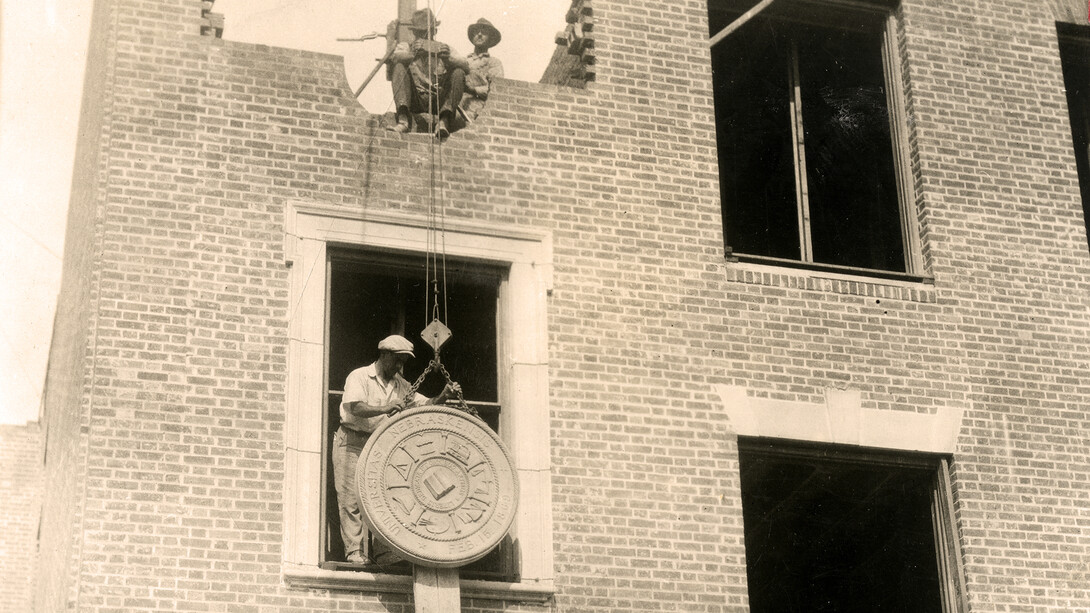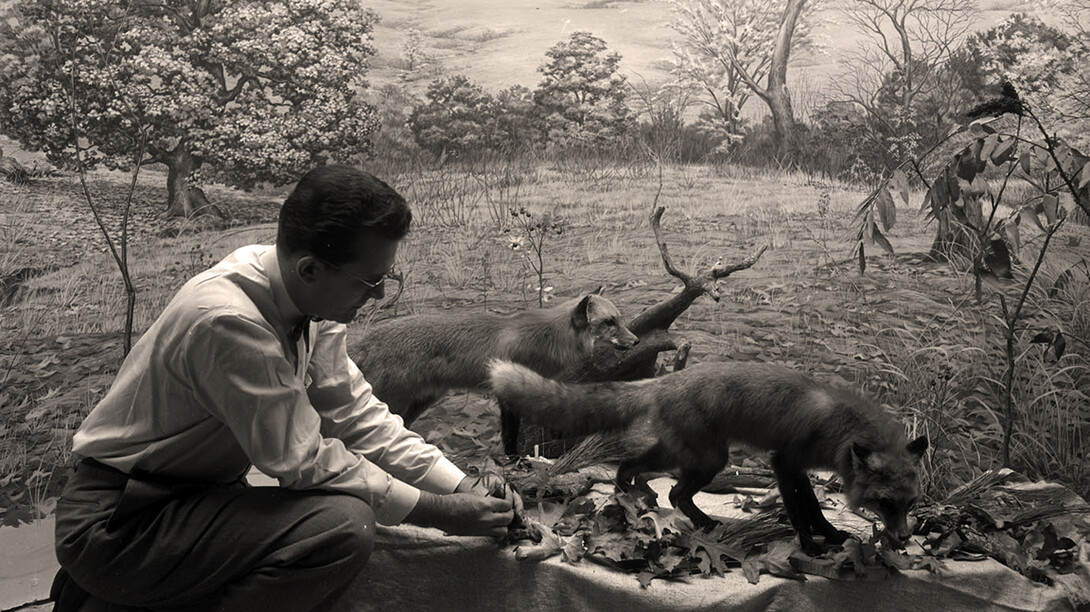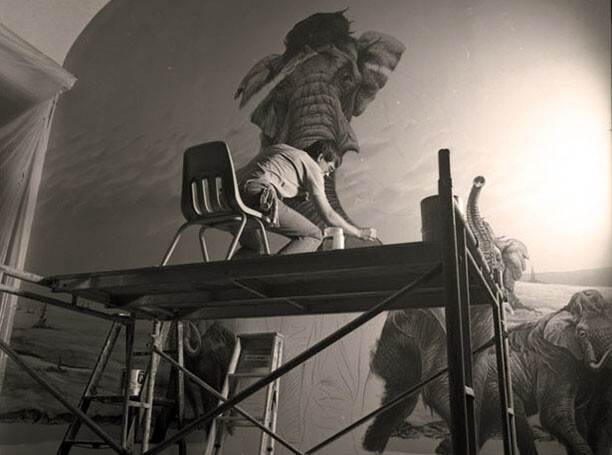
Built in 1927, Morrill Hall is home to the University of Nebraska State Museum. The museum is home to more than one million vertebrate fossil specimens and an extensive collection in other areas of natural history — including the new “Cherish Nebraska” exhibition.
Morrill Hall is the third natural history museum on the university campus and made possible through the collaboration of Erwin Barbour, director of the museum from 1891 to 1941, and Charles H. Morrill, Barbour’s friend and benefactor.
The museum — which some believe honors Justin Smith Morrill, a legislator from Vermont widely remembered for the Morrill Land-Grant Colleges Act that helped establish Dear Old Nebraska U — is named in honor of Charles Morrill for his dedication to the university and support of Barbour.

Charles Morrill (1842 to 1928) arrived in Nebraska in 1871 as an impoverished young farmer. The family prospered in the Cornhusker State.
In 1890, Morrill was elected to the University of Nebraska Board of Regents. He was elected as president of the board in 1893 and held the position for a decade.
Morrill developed an interest in fossils and geologic artifacts in 1875 while working at Fort Robinson in western Nebraska. By 1892, he was funding Morrill Geological Expeditions to collect items from sites across Nebraska. The expeditions, which were led by Barbour, helped the museums’ collections grow to be recognized nationally.
Morrill continued to make generous donations to the university and, by the 1920s, he desired to see a new museum on campus. In 1925, with support from Chancellor Samuel Avery, the Nebraska legislature approved funding for the museum.

Avery recommended to the NU Regents that the building be named in honor of Charles Morrill. The board approved the idea in June 1925.
Morrill lived to see the dedication of Morrill Hall on May 28, 1927. He died at his homestead in Stromsburg, Nebraska, on Dec. 14, 1928.
Learn more about the history of Morrill Hall and the exhibitions on display.







